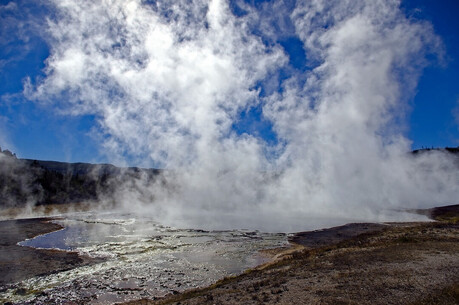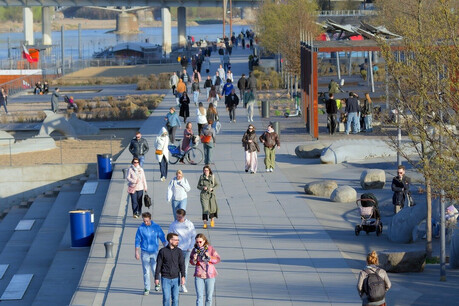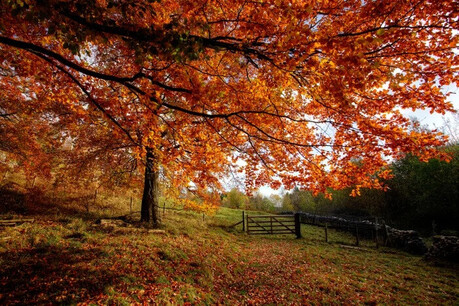
PATAGONIA, CHILE—Known as the "last sanctuary" for adventurers, Chile's Route 7, the Carretera Austral, is a monumental 1,240-kilometer (771-mile) road stretching from Puerto Montt to Villa O'Higgins. This iconic artery of South American Patagonia is a powerful testament to human will, cutting a path through some of the planet's most majestic and untamed landscapes.
Constructed by the Chilean Army beginning in the 1970s, the road’s original purpose was to connect the previously isolated communities of southern Patagonia. Today, it stands as a symbol of challenge and reward. A significant portion remains unpaved, demanding patience, skill, and often a robust 4x4 vehicle to navigate the notorious loose gravel and steep switchbacks.
History and Terrain: A Battle Against the Wild
The construction of the Carretera Austral was a decades-long saga involving blasting solid granite and bridging ferocious torrents. It traverses Chile's dramatic fjords, ancient Alerce forests, the snow-capped Andes, and turquoise, glacier-fed lakes.
Attempting to cover long stretches, such as the 630 km (391 miles) between Chaitén and Bahía Murta, in a single day is often deemed a fool's errand. Local travelers accept that unpredictable Patagonian weather, landslides, and ferry delays mean that a one-to-two-day delay is simply a part of the daily routine on this rugged route.
Highlights: Points of Interest and Natural Wonders
The journey offers essential stopping points where adventurers can pause and resupply:
Puyuhuapi: A small village famous for its natural hot springs, offering a perfect spot for travelers to soothe their road weariness.
Coyhaique: The largest town along the route and a critical logistics hub, boasting more comprehensive facilities before the road becomes truly remote.
The Marble Caves: A Masterpiece of Erosion
The undeniable highlight of the Carretera Austral is the Marble Caves (Cuevas de Mármol) on Lake General Carrera, South America’s second-largest lake, near Bahía Murta. Formed 10,000 to 15,000 years ago as the lake water dissolved minerals, these stunning geological formations have become a major draw. Visitors can take boat tours from Puerto Sánchez to explore the interior, marveling at the swirling mineral patterns reflected in the emerald-green water.
The Road's End: Villa O'Higgins
The terminus of the road is Villa O'Higgins, a remote, pioneering outpost with fewer than 500 residents. This is literally where the road ends, giving way to the vast Southern Patagonian Ice Field—the world's third-largest ice mass after Antarctica and Greenland.
The small community offers a profound sense of peaceful solitude. Local warmth is palpable, with residents often waving at passing vehicles and trucks delivering fresh produce serving as the town's daily news hub. From here, travelers can embark on deep wilderness excursions, including glacier tours and multi-day hikes.
Embracing the Journey
The Carretera Austral is more than a drive; it is an existential encounter with the environment and one's own limits. It strips away the comforts of modern travel, forcing communion with raw nature.
While the period from December to March offers the best chance for favorable weather, the route's true essence lies in accepting the wild's unpredictable rhythm. Travelers are advised to plan a flexible itinerary of 7 to 10 days to fully savor the experience.
[Copyright (c) Global Economic Times. All Rights Reserved.]






























